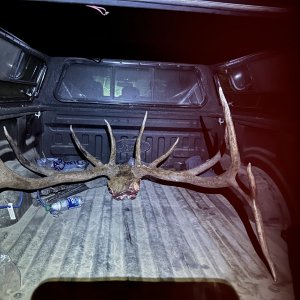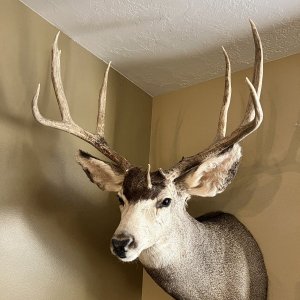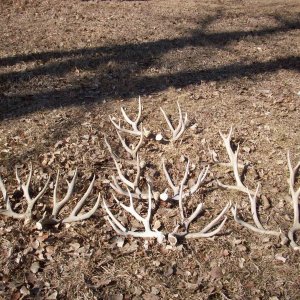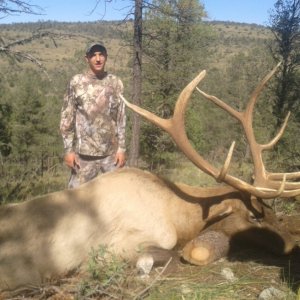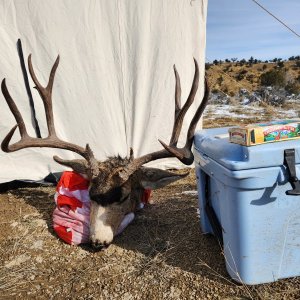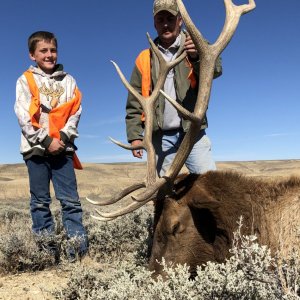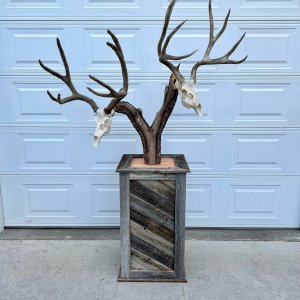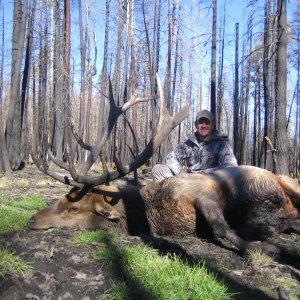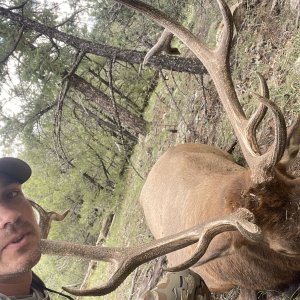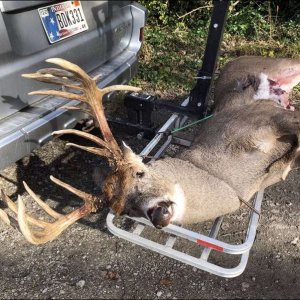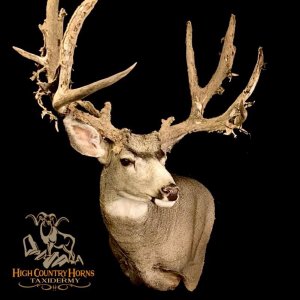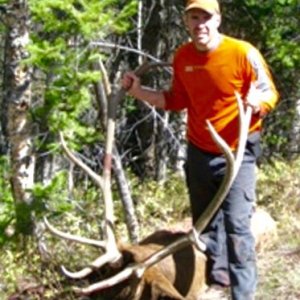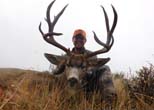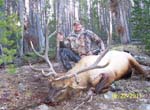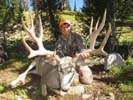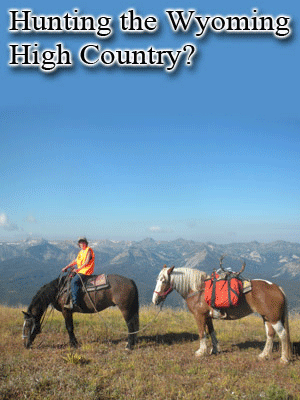nontypical
Long Time Member
- Messages
- 4,202
Thought I might give you guys an update on what is going on in region G. On the Region G thread in the mule deer forum, I promised an update as soon as I had some info. Here it is.
This work has already begun and will continue for the next several years( 10 year project). Work extends along the entire LaBarge/Big Piney winter range complex; and is part of the Wyoming Range Mule Deer Initiative. This work is titled the Wyoming Range Mule Deer Habitat Project, and has come about as a result of the WRMDI public meetings hosted by WGF. Agencies involved include: WGFD Trust Fund-Habitat, Wyoming Wildlife Natural Resources Trust Account, Wyoming Landscape Conservation Initiative, Mule Deer Foundation, Wyoming Governor's Big Game License Coalition, WGFD, BLM, and the Muley Fanatic Foundation. WGF has submitted a proposal for funding to MFF for the purchase of a mower for the mowing operations which is presently under review by the Rock Springs chapter of MFF.
Treatments include mowing, aerating, seeding, pitting, Spike and Plateau( both are herbicides), fencing, conifer thinning, and prescribed burns. Special attention was given to locate these treatments in areas that have a high likelihood of success. Transitional as well as winter range areas are being targeted.
2014 plans are to treat 2233 acres of shrubs and aspen in a mosaic pattern; pitting and seeding sagebrush; Plateau application to stimulate mahogany growth; mowing; mechanically prepare aspen for future burning; spraying cheatgrass and other noxious weeds; and cultural clearance( not sure what that means) that may contain soil disturbance.
Pretty extensive work going on here, with a long-range plan in place to improve these winter and transitional ranges. Kudos to all involved.
This work has already begun and will continue for the next several years( 10 year project). Work extends along the entire LaBarge/Big Piney winter range complex; and is part of the Wyoming Range Mule Deer Initiative. This work is titled the Wyoming Range Mule Deer Habitat Project, and has come about as a result of the WRMDI public meetings hosted by WGF. Agencies involved include: WGFD Trust Fund-Habitat, Wyoming Wildlife Natural Resources Trust Account, Wyoming Landscape Conservation Initiative, Mule Deer Foundation, Wyoming Governor's Big Game License Coalition, WGFD, BLM, and the Muley Fanatic Foundation. WGF has submitted a proposal for funding to MFF for the purchase of a mower for the mowing operations which is presently under review by the Rock Springs chapter of MFF.
Treatments include mowing, aerating, seeding, pitting, Spike and Plateau( both are herbicides), fencing, conifer thinning, and prescribed burns. Special attention was given to locate these treatments in areas that have a high likelihood of success. Transitional as well as winter range areas are being targeted.
2014 plans are to treat 2233 acres of shrubs and aspen in a mosaic pattern; pitting and seeding sagebrush; Plateau application to stimulate mahogany growth; mowing; mechanically prepare aspen for future burning; spraying cheatgrass and other noxious weeds; and cultural clearance( not sure what that means) that may contain soil disturbance.
Pretty extensive work going on here, with a long-range plan in place to improve these winter and transitional ranges. Kudos to all involved.


